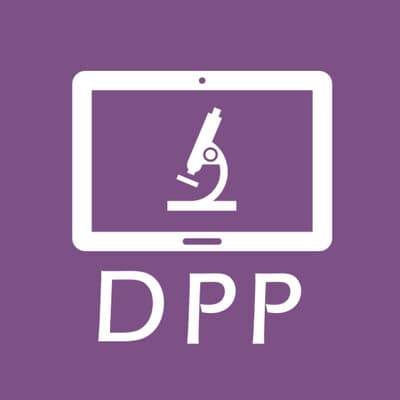Miscellaneous
This episode is brought to you by Visiopharm.Multiplex tissue staining can generate large amounts of data to help identify distinct information about particular cells in tissue. Immuno-oncology is a field where it is common practice to use multiplexing, in particular for cell phenotyping in tissue.Phenotyping is the ability to classify every individual cell in the tissue based on the biomarker panel used. The panels are designed to identify cells of different lineages as well as cell activation states within each lineage, which is of utmost importance for the personalized therapeutic approaches in oncology. Although multiplex data can be visualized manually, e.g., by switching on and off different fluorescence channels, its interpretation requires computational assistance. If the multiplex assay only contains a few markers, the rules for detecting potential phenotypes can be designed manually, but as the number of markers increases the number of potential phenotypes increases exponentially. In order to sort through the cellular phenotypes in higher-plexes, machine learning-based auto clustering has been implemented. This method is based on the way cells are characterized in flow cytometry and has been adapted to automatically identify phenotypes of cells in tissue images. The adequate visualization and handling of the generated data depend on the software used. In the next episode, we will be talking about the considerations when choosing an image analysis software program for phenotyping. To learn more visit Visiopharm’s websiteThis episode’s resources:Multiplexing mini-series Part 1: Introduction to multiplex for tissue image analysis (part 1) w/ Regan Baird, Visiopharm

